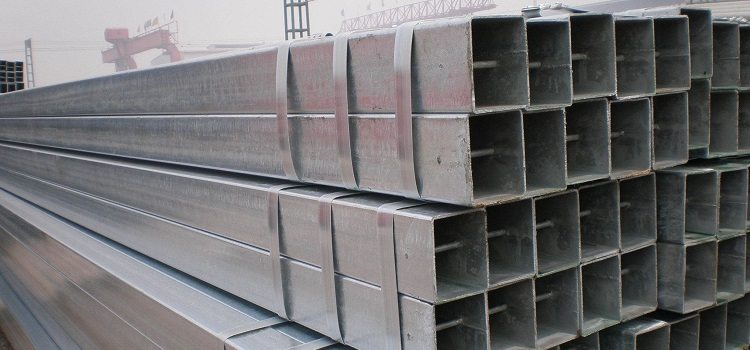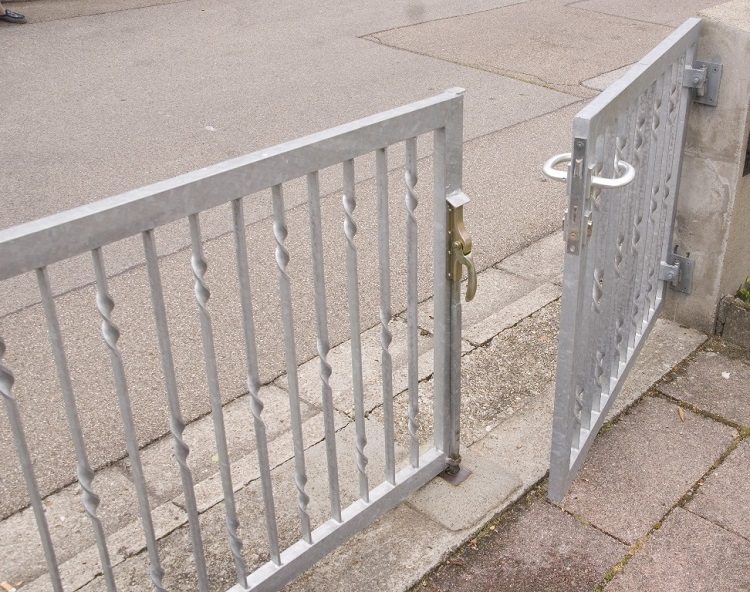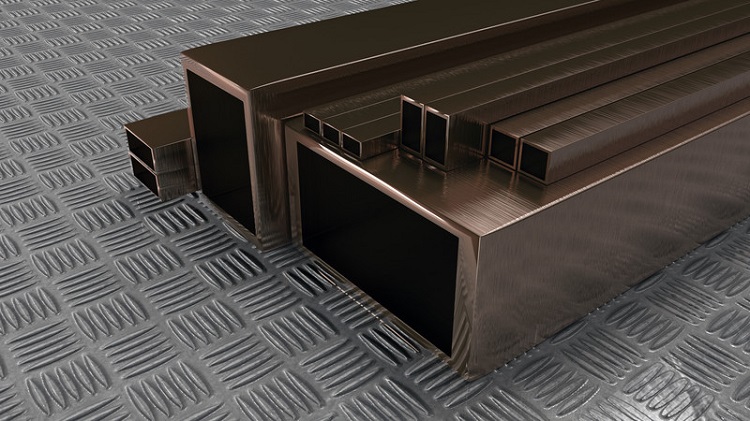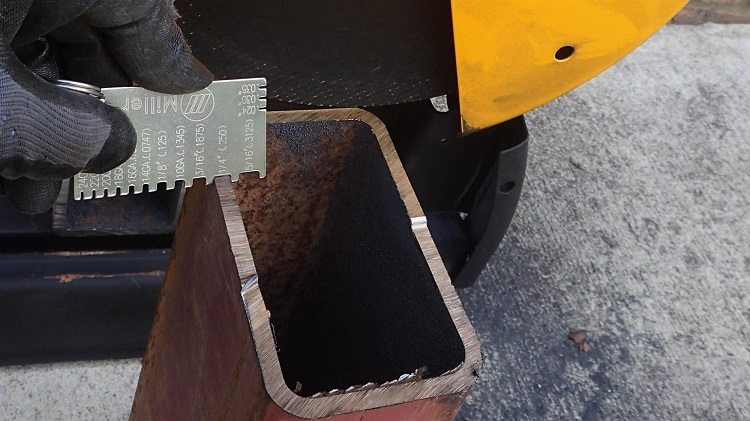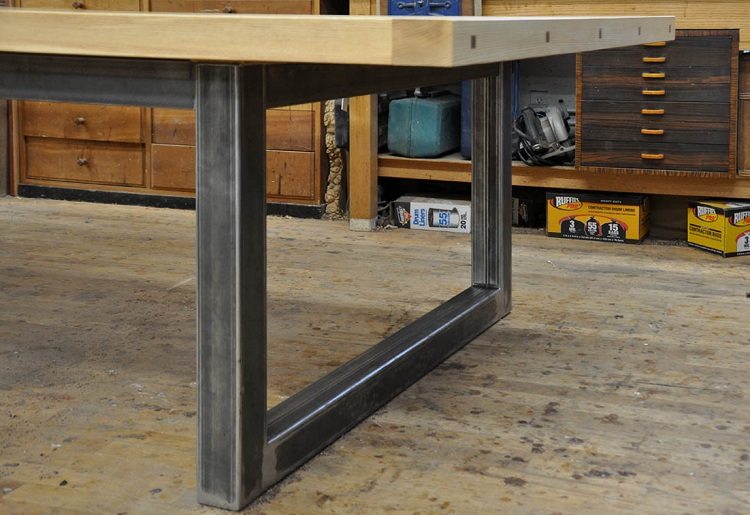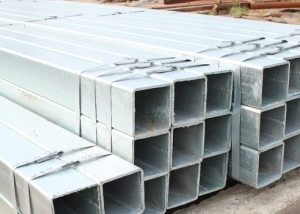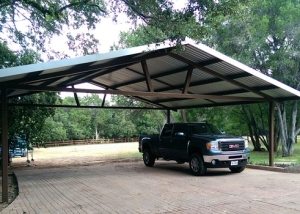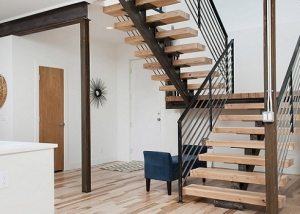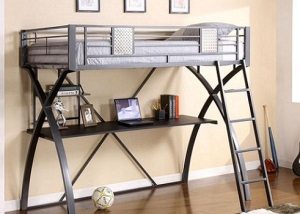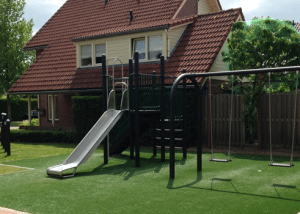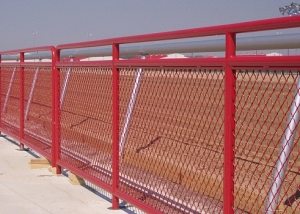Along with round water pipes, in the assortment of many manufacturers you can find square metal pipes. These products are in good demand, although they are not used for laying gas and water systems. This type of pipe is called profile. The cross section of profile pipes can be not only square: there are also rectangular, oval and even hexagonal shapes.
Content
Where are metal rectangular pipes used?
A water supply system constructed from pipes other than round is almost impossible to meet. The only function that rectangular metal pipes can perform in a pipeline is to create a protective casing for round plastic products. There are several explanations for why square-shaped profile pipes, characterized by high strength, are not used in pipelines:
- Rectangular steel pipes can really withstand increased loads. But only if the loads are directed to the external side of the system: tension, bending, torsion of the walls. In order to withstand internal loads (pressure and pressure), square pipes are not designed.
- The use of rectangular pipes in a water supply system is impractical because their internal volume is less than the volume of round analogues. That is, a linear meter of a rectangular system can pass several times less water than the same section of a round pipe in the same time.
- The surface area of a rectangular pipe is always larger than that of products with a circular cross section. Accordingly, the cost of material in production increases, which increases the cost of a unit of goods. Rectangular metal pipes have a high cost, so it is irrational to use them for other purposes.
- The square shape of the pipes determines the high weight of the structures. The communications system will be much heavier than using standard round products.
- All fittings and accessories for water and gas piping systems are made with the expectation of using round pipes.
Note! The range of metal products offers the most optimal option for plumbing and heating systems - metal-polymer multilayer pipes. Multilayer products are distinguished by international marking PexAL-Pex. This design is more flexible and wear-resistant than plastic or steel metal pipes. Multilayer metal-polymer pipes are protected by a layer of aluminum foil.
Widespread use of square metal pipes was found in the field of metal construction. Such products are often used in the construction of multi-storey buildings for any purpose, as well as in the automotive, furniture and even aerospace industries. A round metal pipe is not suitable for such purposes for many reasons.Firstly, the lack of even planes greatly complicates the installation and fastening to other structural elements. Secondly, even multilayer pipes of circular cross section bend much more easily than square products. This makes them not a reliable option for the construction of load-bearing structures.
Varieties of square metal pipes
A variety of rectangular shaped pipes is not inferior to the assortment of round-section metal pipes. Manufacturers strive to constantly update the assortment of profile products, because a wide assortment enables the buyer to select the most accurate steel pipes for their intended purposes.
There are several indicators that affect the assortment of metal pipes:
- steel grade;
- technological principle of manufacturing products;
- pipe wall thickness;
- additional processing method.
The most significant factor determining the assortment can be called a method of manufacturing rectangular pipes. Usually, this indicator is taken as the basis for classification. There are only three principles for the production of square pipes: hot rolled products, cold rolled products and welded products. Moreover, welded products are more widespread than products of cold or hot rolled products.
Marking of metal profile pipes
The assortment of metal pipes is determined by a special regulatory document - GOST 8645-68. Any products manufactured in a non-normative way are not allowed for use in construction. To exclude the possibility of introducing counterfeit products on the market, marking is applied, which is determined by the principle of GOST 30245-2003. It includes information on the grade of material (steel), product dimensions, number of the regulatory document on the admission to sale.
The marking of metal pipes indicates the outer dimension. You can give an example of marking a steel profile pipe with a square section (side dimensions - 80 mm, wall thickness - 4 mm):
(80х80х4 GOST 30245-2003) / (С245 GOST 27772-88).
The values indicated in the denominator indicate that C245 steel was used in the manufacture of this product. The labeling also informs which chemicals are present in the rolled steel alloy.
For square metal pipes, weight is a significant indicator. The assortment provided by the manufacturer necessarily includes it. The mass per 1 linear meter is calculated with a constant density of steel - 7.85 g / cm3. The minimum weight indicator for thin-walled pipes is 0.269 kg, and the maximum for reinforced pipes is 70.33 kg.
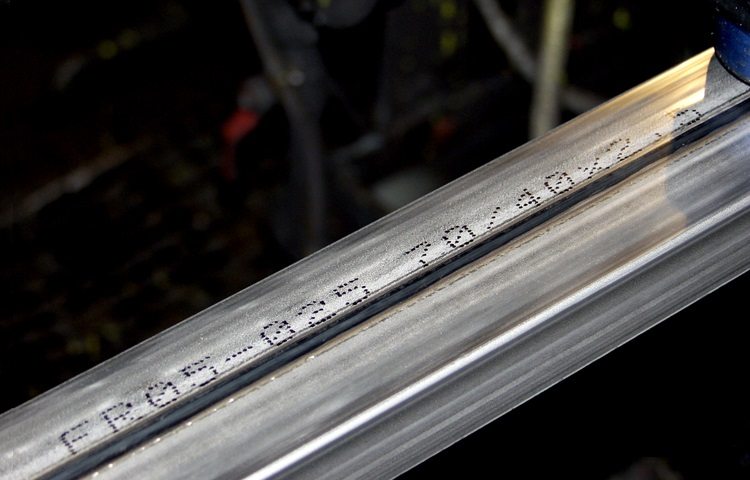
Like other types of pipes, square products are marked, applying their technical data to the outer surface
The size of metal hexagonal pipes, also widely used as profile steel, is determined by the diameter of the inscribed circle. Hex profile pipes can be versatile.
The technology of manufacturing square pipes of hot and cold rolled
Like round pipes, square and rectangular models are produced by hot or cold rolling. The first stages of both processes are the same. The difference lies only in the fact that during hot rolling, a round pipe is actually transformed into a square product. The pipe heats up and, while the steel is flexible, the workpiece is deformed along the entire length on the finishing rollers. Hex pipes are produced in the same way.
Despite the fact that seamless steel pipes are considered more reliable, hot and cold rolled products are not in great demand. The manufacturing technology by the rental method is quite complicated and expensive, so more often such products are inferior to the more affordable welded options.
Hire does not give the opportunity to get a thin-walled profile as a result. The width of the walls of hot-rolled pipes sometimes reaches 70 mm, and such massive designs are not popular. The only advantage of seamless products over a rectangular welded pipe is its resistance to internal loads. But this property is relevant for plumbing structures, for frame devices, resistance to external pressure is more important.
Thin-walled metal pipes of square section
For various purposes, both thin-walled and thick-walled products are successfully used. Thin-walled pipes include steel pipes whose wall thickness does not exceed 5% of the outer diameter.
The range of thin-walled products includes steel pipes with wall thicknesses from 0.1 mm to 4 mm. The technology by which this type of pipe is produced allows you to get a fairly solid structure (almost 90% of the strength of the indicators of seamless steel products). The safety margin makes it possible to use thin-walled profile pipes as loaded frame elements.
Important! Thin-walled metal pipes can become part of the supporting structure only if they are produced with the highest quality. Even a slight deviation in the correctness of the geometric shape can provoke the destruction of the structure.
Production technology eliminates the possibility of creating seamless rectangular pipes with thin walls. All products of this type are formed only from sheet metal forming a pipe during the crimping process. All stages of the production of thin-walled pipes have very serious requirements. After crimping, welding and stripping the seam, thin-walled pipes are usually coated with a protective layer of paint or galvanized.
Requirements for the aesthetics of thin-walled pipes are made, in particular, because such products are also used for decorative purposes. These flexible metal pipes are often used in decoration (chrome stainless steel pipes), in the manufacture of commercial equipment, furniture. The flexible design of thin-walled pipes allows you to create various interior forms.
Production of thick-walled metal square pipes
Thick-walled products have walls with a thickness of at least 10% of the diagonal size. In the assortment of reinforced type metal pipes, the largest wall thickness among domestic pipes is 12 mm. The method of manufacturing reinforced metal pipes does not differ significantly from the principle by which thin-walled products are manufactured. Reinforced profile pipes are formed from a sheet of thick steel and belong to the type of hot rolled products.
Like thin-walled, reinforced square steel pipes are not seamless. In the case of thick-walled, the presence of a seam affects the strength only with a deviation of 10-12%. This insignificant indicator does not impair the ability of a thick-walled rectangular structure to withstand high loads.
In the production of this type of profile pipes, the main emphasis is on reliability. Reinforced steel pipes are usually hidden among communications, therefore, do not require control over the aesthetic component. Defects left after welding the seam are usually not processed, which saves an acceptable cost of a rectangular thick-walled pipe.
Both welded and seamless square steel pipes have both a number of positive qualities and a certain number of disadvantages. The choice of metal pipes for the installation of hull structures depends on the requirements for a particular type of structure. To do this, you need to familiarize yourself with all the options that the range of each manufacturer offers.
